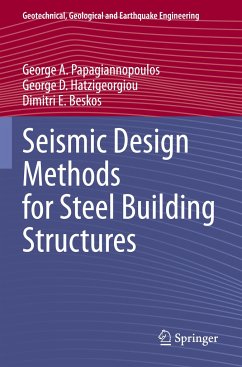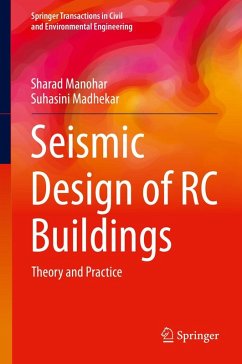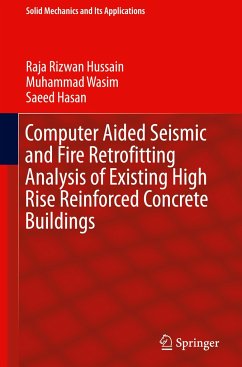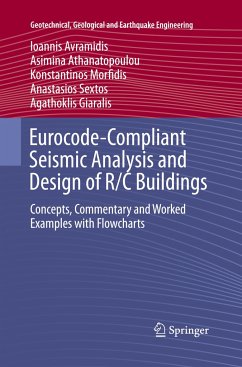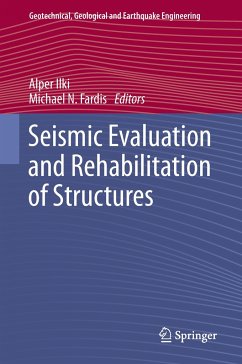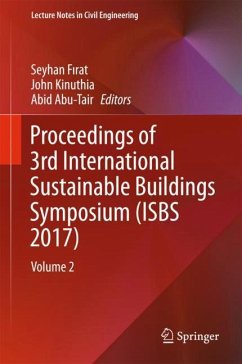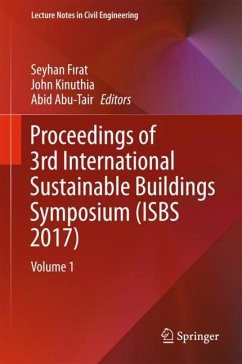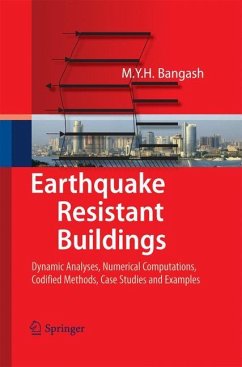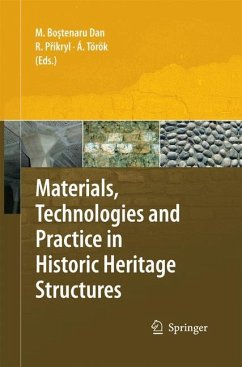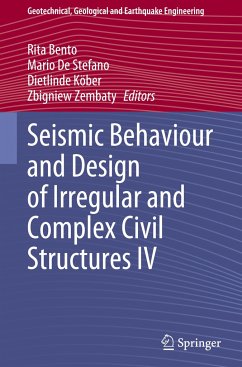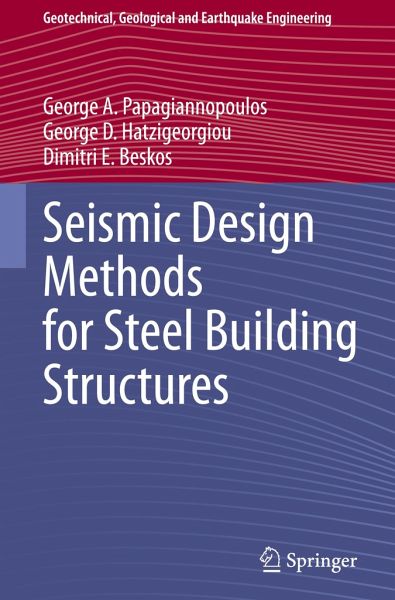
Seismic Design Methods for Steel Building Structures
Versandkostenfrei!
Versandfertig in 6-10 Tagen
106,99 €
inkl. MwSt.
Weitere Ausgaben:

PAYBACK Punkte
53 °P sammeln!
The book, after two introductory chapters on seismic design principles and structural seismic analysis methods, proceeds with the detailed description of seismic design methods for steel building structures. These methods include all the well-known methods, like force-based or displacement-based methods, plus some other methods developed by the present authors or other authors that have reached a level of maturity and are applicable to a large class of steel building structures. For every method, detailed practical examples and supporting references are provided in order to illustrate the meth...
The book, after two introductory chapters on seismic design principles and structural seismic analysis methods, proceeds with the detailed description of seismic design methods for steel building structures. These methods include all the well-known methods, like force-based or displacement-based methods, plus some other methods developed by the present authors or other authors that have reached a level of maturity and are applicable to a large class of steel building structures. For every method, detailed practical examples and supporting references are provided in order to illustrate the methods and demonstrate their merits. As a unique feature, the present book describes not just one, as it is the case with existing books on seismic design of steel structures, but various seismic design methods including application examples worked in detail. The book is a valuable source of information, not only for MS and PhD students, but also for researchers and practicing engineers engaged with the design of steel building structures.



